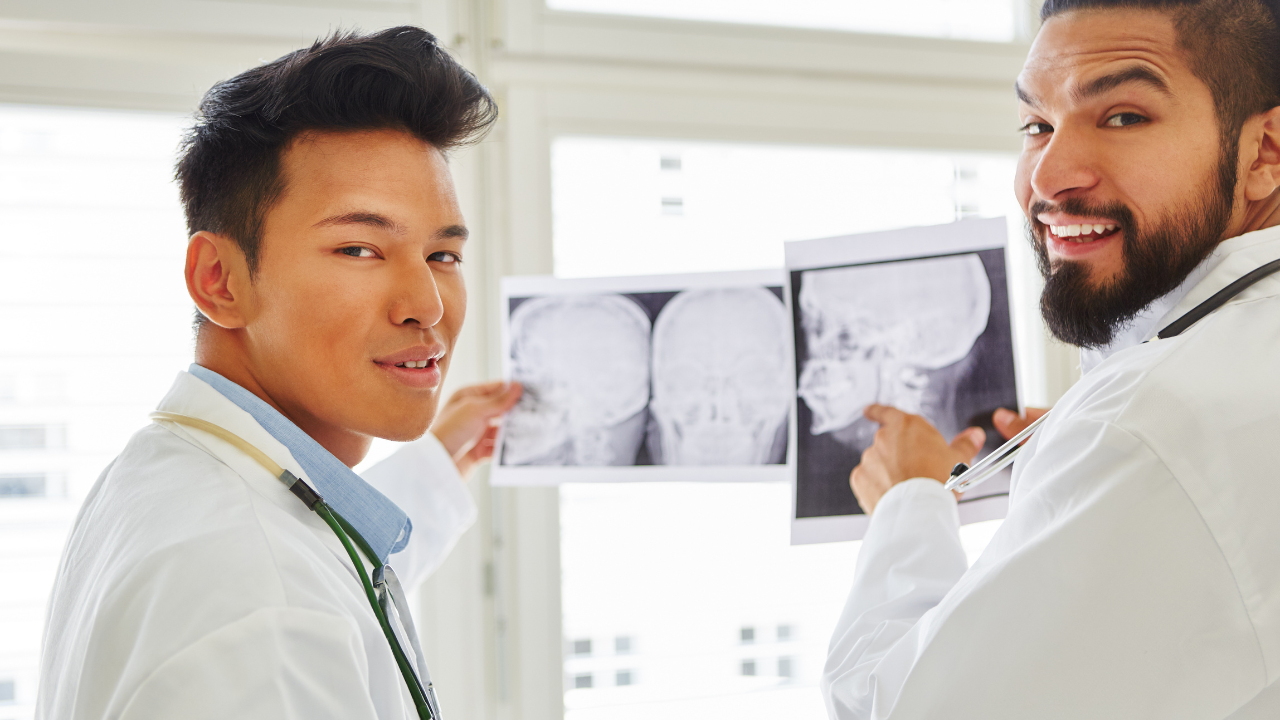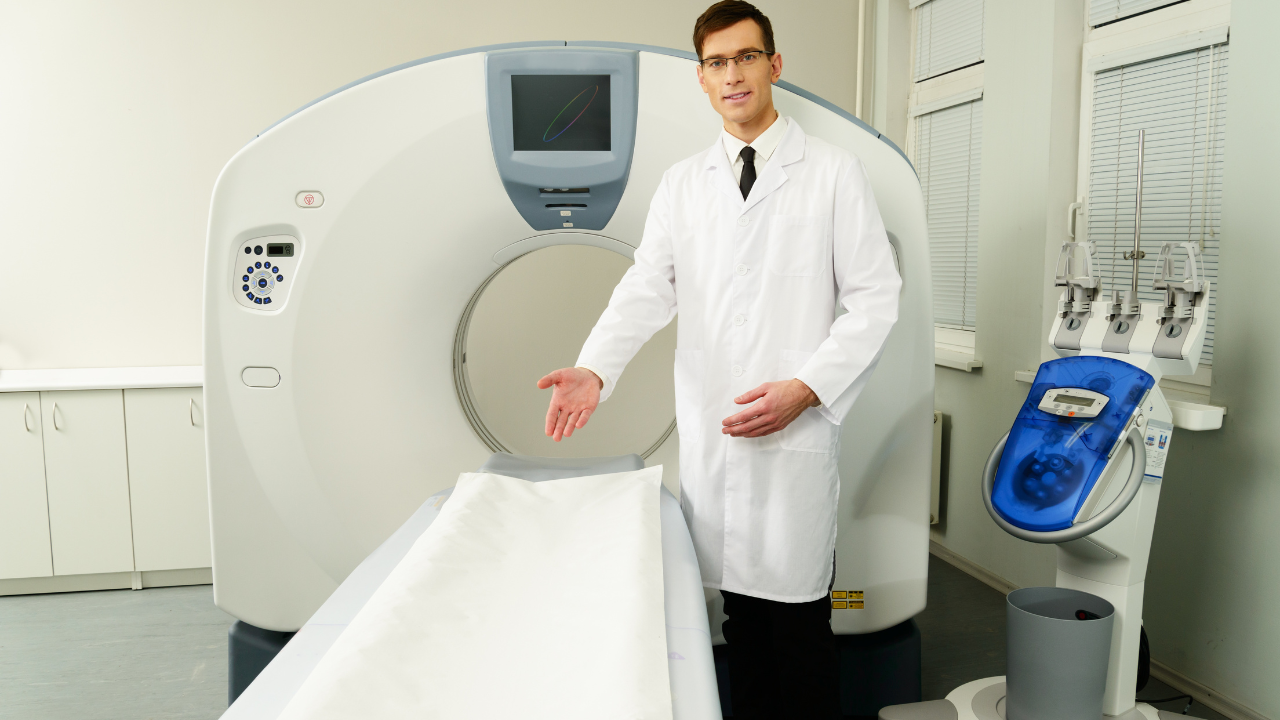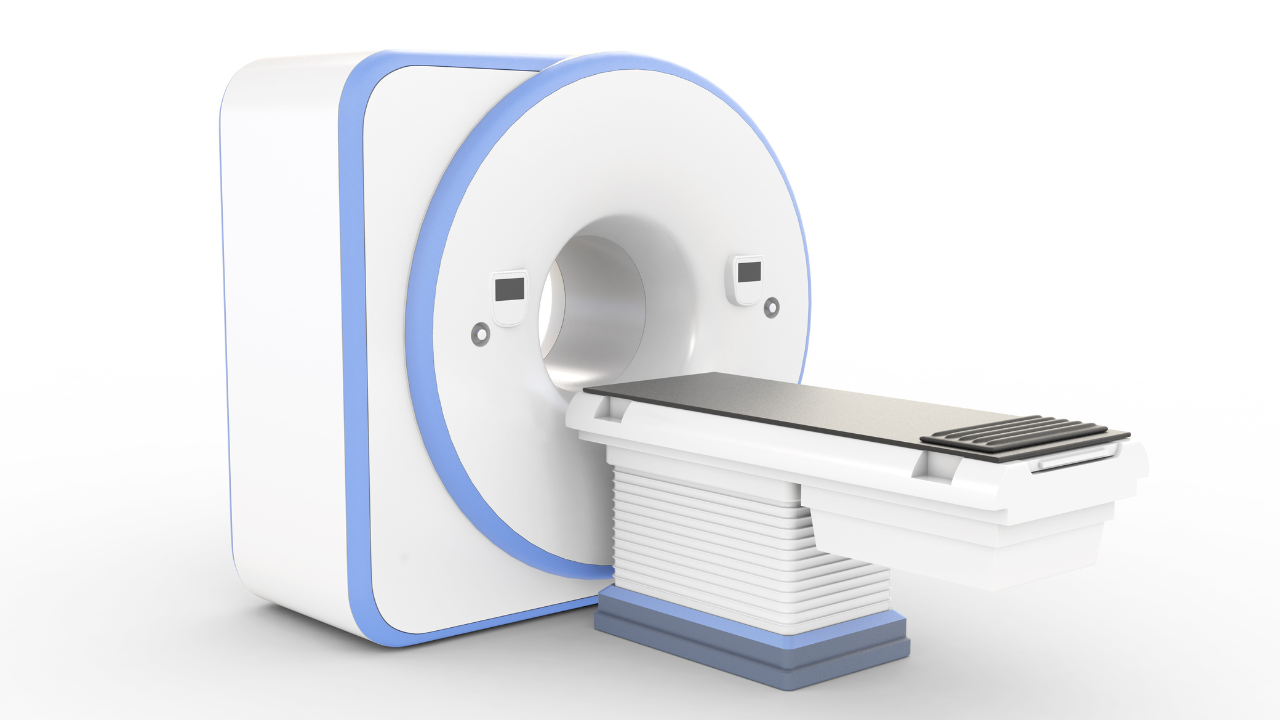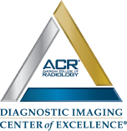Blog and News

Sitting Is The New Smoking

As radiologists, we spend far too much time every day reading back injuries, so many of which are preventable. One simple solution: Take a break from sitting down so much!
It can seem nearly impossible to convert some sedentary jobs into standing ones based on office policies and equipment availabilities. In order to manage a situation that IS “unavoidable,” there are some ways to fight back. According to a recent article in the LA Times, getting up and moving around on regular intervals can do wonders.
The list of painful results from a lifestyle of consistent sitting has lead to the expression “sitting is the new smoking.” That is to say, it’s too common and most people who do it somehow consider themselves the exception to the rule when they are, in fact, demonstrating the rule.
There’s a simple trick for measuring the impact of sitting on your life. On a ten-point scale (ten being “easily accomplished” and one being “no way!”, can you raise and lower yourself to sitting cross-legged using your legs alone? Kudos to any woman who can score a 10 in heels!
Armed with this knowledge about your legs, spine and general health, we hope you’ll rethink your sitting to standing ratio and enjoy better health. Give yourself a little test (but you don’t have to do it in heels) and make yourself a goal often. Happy standing to you!






